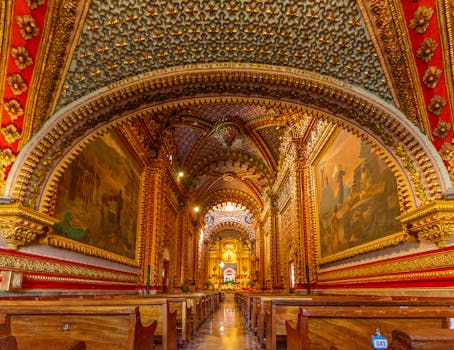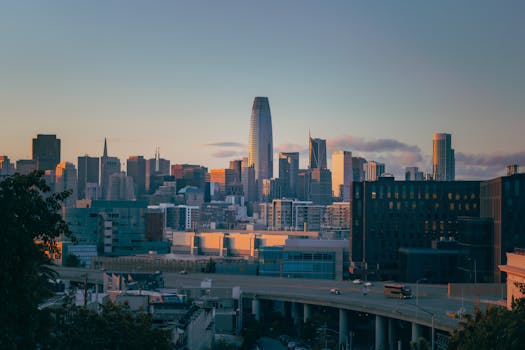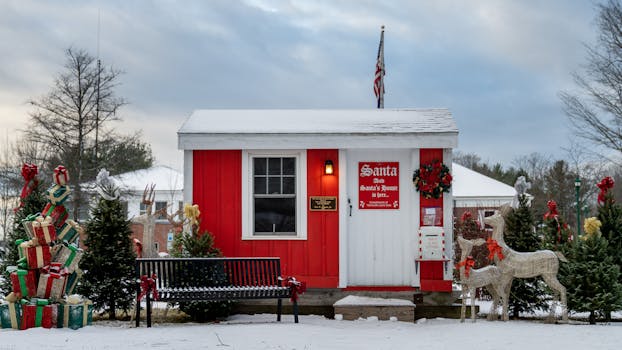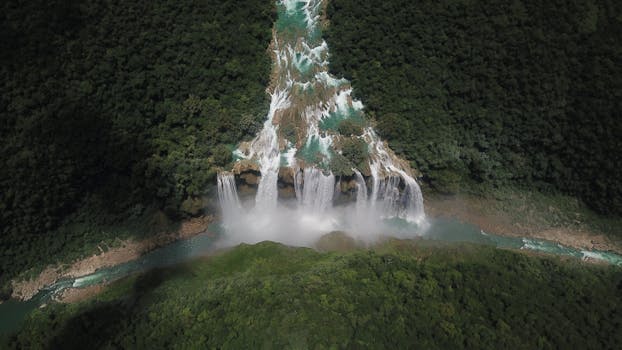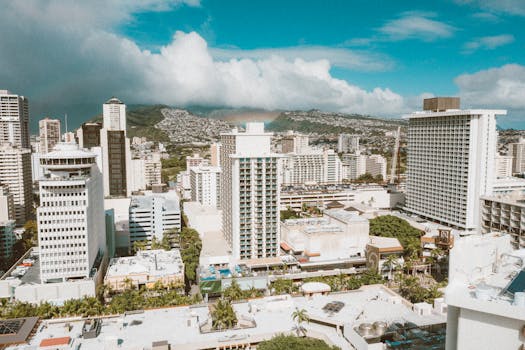Table of Contents
The Enduring Legacy of Misión Nuestra Senora de Loreto Conchó (1697-1829)
The Enduring Legacy of Misión Nuestra Senora de Loreto Conchó (1697-1829)
Introduction
Nestled in the heart of the Baja California Peninsula in Mexico, Misión Nuestra Senora de Loreto Conchó is a beacon of historical significance and cultural heritage. This mission, active from 1697 to 1829, stands as a testament to human resilience, faith, and the power of cultural exchange.
The Dream and Establishment of the Mission
The tale of Misión Nuestra Senora de Loreto Conchó is rooted in the vision of Jesuit missionary Juan Maria Salvatierra. Salvatierra dreamt of a sanctuary where the indigenous population could learn about Christianity, a haven where faith could blossom. This vision came to fruition in 1697 with the establishment of the mission, marking it as the first successful mission in Baja California.
Named after the Virgin Mary's house in Loreto, Italy, Misión Nuestra Senora de Loreto Conchó translates to 'Mission of Our Lady of Loreto.' The name 'Conchó,' derived from the Cochimí word for 'marsh,' reflects the mission's location near a marshy coastline.
Life and Culture in the Mission
The mission, with its humble white walls nestled amidst the rugged beauty of the Baja Peninsula, served as a beacon of hope in an untamed landscape. It provided refuge for the indigenous Cochimí people, offering them a chance to learn and grow.
Life within the mission was far from idyllic, with the missionaries and the Cochimí grappling with numerous challenges, from harsh climates to scarce resources. Yet, they persevered, their faith unwavering. As a result, the mission became a melting pot of cultures, where Spanish and Cochimí traditions intertwined, creating a unique blend that still echoes in the region today.
Agricultural Revolution and Cultural Resistance
One of the mission's most significant contributions was the introduction of new agricultural practices. The missionaries brought seeds, livestock, and farming techniques that transformed the region's agriculture. The arid land bloomed with olive trees, vineyards, and fields of wheat, forever changing the Cochimí's way of life from hunter-gatherers to farmers.
However, the history of Misión Nuestra Senora de Loreto Conchó was not devoid of conflict. The merging of cultures, while enriching, also led to tension and resistance. The Cochimí, initially receptive to the missionaries, eventually rebelled against the imposed changes. This tension culminated in the Pericú Revolt in 1734, a significant event that shook the mission's foundations.
The Legacy of Misión Nuestra Senora de Loreto Conchó
Despite these trials, the mission continued to grow and flourish until 1829. The Mexican government's secularization of all missions marked the end of Misión Nuestra Senora de Loreto Conchó's active years. However, the mission's legacy lives on, standing as a testament to a bygone era, its walls whispering tales of faith, resilience, and cultural exchange.
Today, a visit to Misión Nuestra Senora de Loreto Conchó is akin to stepping into a time capsule. The sun-warmed stones, the scent of olives in the air, and the mission bells' distant echo transport visitors back in time. It's an immersive experience, a journey through time, and a testament to the human spirit's resilience and faith.
Conclusion
For history enthusiasts or lovers of culture and heritage, a visit to Misión Nuestra Senora de Loreto Conchó is a must. More than just a historical site, it's a living narrative, a testament to the human spirit's resilience and faith. As you walk through the mission's arches, remember the stories, the struggles, the triumphs, and let them inspire you.
Misión Nuestra Senora de Loreto Conchó is not merely a relic of the past; it's a bridge to our history, a reminder of our shared humanity, and a testament to our capacity for faith and resilience. It's a story that continues to unfold, reminding us that history is not just about dates and events; it's about people, their dreams, their struggles, and their triumphs.

